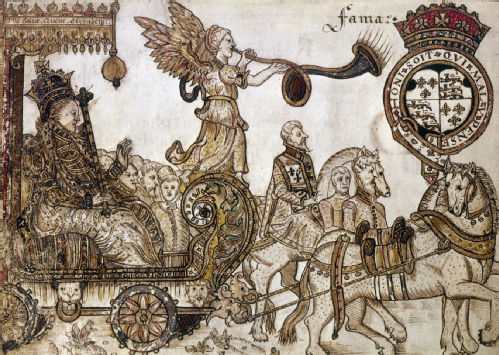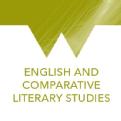Performing Power in the Premodern World
Performing Power in the Premodern World |
|||
University of Warwick, 9 November 2019 |
|||
|
A one-day, interdisciplinary conference |
|||
|
Keynote Speaker: Dr Naomi Pullin (University of Warwick) 'Conversion, Piety, and Power: Negotiating Authority in Early Quakerism' |
|||

Elizabeth I, attended by Fame, by Sir William Teshe, England 1570. BL Sloane MS 1832. |
|||
We delighted to release the final programme for Performing Power in the Premodern World, which can be viewed here.Abstracts for each of the papers can be viewed here.The conference will be taking place in rooms S0.19 and S0.20 of the Social Sciences building at WarwickIf the map below is not detailed enough, Warwick's interactive campus map can be viewed here.
In Shakespeare’s Henry V, a disguised king mingles with his soldiers at Agincourt. Hearing criticism of his actions, he claims ‘the king is but a man, as I am’. Then, when he is alone, he soliloquises, asking ‘what have kings, that privates have not too, / Save ceremony, save general ceremony?’ These lines acknowledge that power and performance have always been interlinked. Monarchy has always had a performative aspect, and the ruled have responded in kind with their own performances. Whole genres of entertainment and performance, as well as specific discourses and conventions, were devised to allow the performance of power to be beneficial to, and understood by, both the ruler and the ruled. Recent scholarship has begun to expand the dramatic canon to include these genres of performance, and scholars have increasingly focused on the duality of power, emphasising the role of the ruled in perpetuating the ruler’s power. Performing Power in the Premodern World aims to expand this conversation. Papers accepted for the conference deal with the intersection of power and performance in the premodern world through topics that include:
The convenors intend to submit a proposal for a special issue of the Royal Studies Journal on ‘Performing Royal Power’, consisting of papers from the conference that focus on performances of royal and monarchical power (and responses to these). |
|||
 |
Performing Power in the Premodern World is generously supported by Warwick's Centre for the Study of the Renaissance and the Department of English and Comparative Literary Studies. |  |
|
Performing Power in the Premodern World is co-convened by Aidan Norrie and Sophie Shorland |
|||

